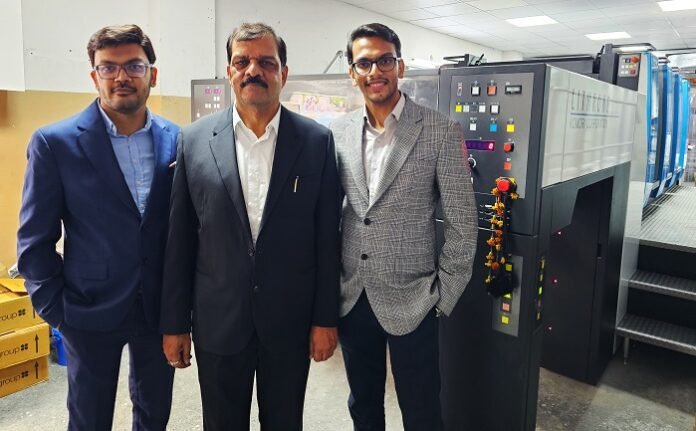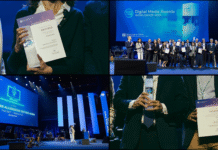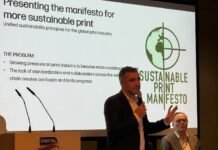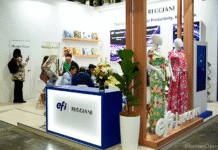Noida-based book printing specialist Kaveri Print Process started in 1986 as Kaveri Printers from a 1,000 square feet unit at publishing hub Ansari Road in Old Delhi’s Daryaganj with a refurbished George Mann & Co printing press. The printer acquired several single-, double-, and four-color Dominant presses in the ensuing years, leading up to the year 2000.
Around 2000, Daryaganj was categorized as a non-conforming area for industries due to its residential status, leading to legal action from authorities such as the Delhi Pollution Control Committee (DPCC) and the National Green Tribunal (NGT). In 2001, the area was set up for redevelopment, following which the printer was forced to shift operations to Patparganj Industrial Area in East Delhi in 2002.
Patparganj, a well-established printing hub, offered ample opportunities for Kaveri Printers to expand operations. It installed several refurbished Dominant presses, and acquired a brand new Komori Enthrone 439 in 2013. The printer acquired two more refurbished presses from German manufacturer Koenig & Bauer in 2009 and another new Komori Enthrone offset press of 20 x 30 plate size in 2016.
While Patparganj offered strategic advantages, the book printer faced intense competition in margins and acquiring new jobs. In the pandemic year 2020, a fire destroyed the entire printing unit. Despite the huge financial and infrastructure loss, Kaveri’s managing director Atul Goel stayed resilient and started Kaveri Print Process from scratch in a 26,000 square feet working area spread across five floors in Noida’s Sector 65 the same year.
In Noida, Goel started with two refurbished 8-color Heidelberg SM 102, a refurbished Heidelberg SM 74 5-color plus coater and a refurbished 2-color Heidelberg ZP machine. He acquired a brand new four-color Komori Lithrone G37 in the 25 x 37 inch plate size last year, based on his positive previous experiences of working with the twin Komori presses.
In an interaction with Indian Printer & Publisher in the first half of October, Goel said Komori machines offer good craftsmanship, combined with fewer breakdowns and around-the-clock, speedy delivery of spare parts.
Though he was not allowed to shift a single surviving machine from the Patparganj plant due to insurance compliance, Goel managed to build an in-plant pre- and post-press setup in Noida in five years. The array of prepress and binding and finishing equipment includes two VioStar CtPs from TechNova Imaging Systems, a refurbished flow line from Muller Martini, gathering machines from Perfecta, five refurbished Heidelberg Stahl folders, and four cutting machines again from Perfecta.
Kaveri Print Process acquired two Bindwel 6-clamp perfect binders in 2020 and 2023, respectively. Goel was all praises for the ‘Indian-made machines’ with reduced need for maintenance and spare parts issues commonly encountered with imported equipment.
In our recent interaction, Goel cited the ‘once bitten, twice shy’ idiom to explain the precautionary firefighting measures across the plant – from sound electric fittings to reduce the possibility of short-circuiting to sprinklers, fire alarms, and firefighting equipment.
After moving to Noida, Goel shifted focus to book printing jobs due to timely payments from publishers as opposed to delayed payments in the commercial printing sector. The company specializes in children’s books and academic textbooks for publishers based in Uttar Pradesh, Punjab, and Jammu & Kashmir. “Though our outstation clients visit us once or twice a year, constant updates are shared over telephonic and email interactions,” Goel said.
Kaveri’s forte is paperback and center-pinned books, with a few orders for hardbound books. Though there are plenty of publishers in Delhi-NCR, Goel is keen on book printing jobs outside the capital due to competition.
Goel prints the bi-monthly magazine New India Samachar in six languages – Malayalam, Odia, Urdu, Telugu, Kannada and Tamil. Using it as an example to demonstrate his printing capabilities in multiple languages, he says he is open to printing books in regional languages.
Goel said while he ensures timely deliveries, fulfilling and exceeding customer expectations is his goal. Quality control and inspection checks are a regular feature at the printing enterprise. He says he uses only standard raw materials such as hot-melt adhesives from Henkel, lamination films from Cosmo Films and UFlex, and chemicals and plates from TechNova.
Paper is sourced from West Coast Paper Mills, Ballarpur Industries (BILT), and Naini Papers. Goel noted that while fluctuations in paper prices have been the norm in recent years, it had a market effect on tender jobs. Publishing jobs are, however, less affected. “We charge current market rates of paper from our clients,” he said.
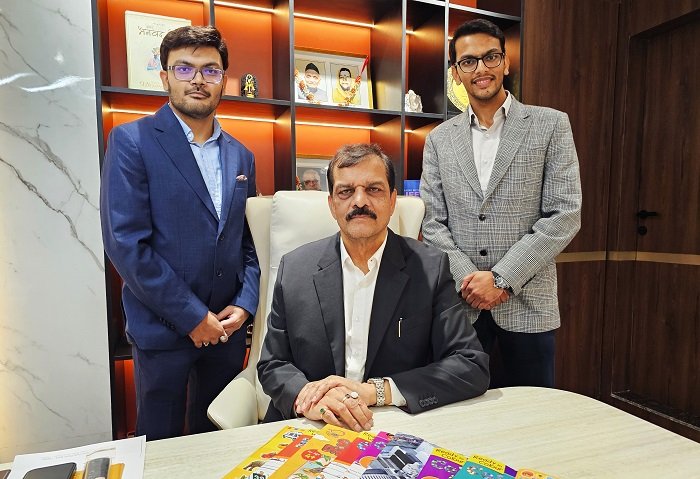
Goel’s sons Ankit and Raghav Goel have joined the family business. Goel said that with the younger generation joining the business, he has constant support in the day-to-day management of operations. “We will complete 40 years in the printing industry in January 2026. It makes more sense to invest in the family business if the younger generation is ready to take the legacy forward, as it is not easy to get returns in the printing industry,” he said.
With a production capacity of approximately 1.25 lakh books and five lakh both-sided printed sheets per day, Goel has ordered a second-hand 2013 model Ryobi 924.
In five years in Noida, Goel said his company’s paper consumption increased from 5-6 tons in 2020 to 20 tons in 2025. It is set to reach 24-25 tons after the Ryobi becomes operational in the next few weeks.



